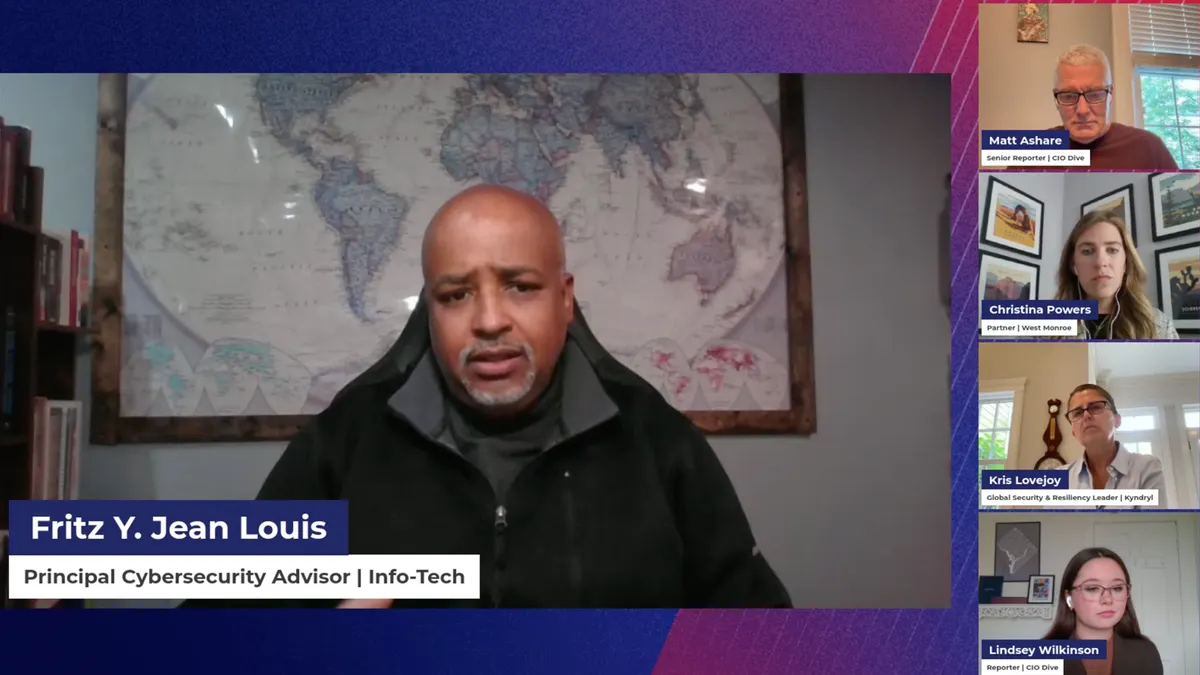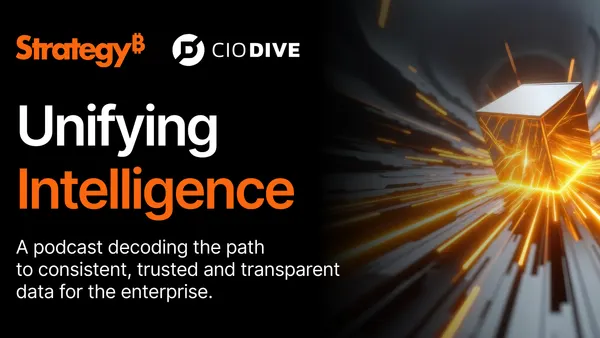In today’s cost-conscious climate, Chief Information Officers (CIOs) are being asked to achieve the impossible: deliver more innovation with fewer resources. Cut budgets. Freeze hiring. Delay critical upgrades. On the surface, it seems reasonable to scale back or delay long-range investments, particularly in complex foundational projects such as data management and unification.
But in 2025, there’s one truth that enterprise leaders can’t afford to ignore:
“Good enough” data is no longer good enough. Not for AI. Not for compliance. Not for growth.
As enterprises lean harder into AI to gain a competitive edge, the cost of poor data infrastructure is compounding. When CIOs defer data unification or settle for patchwork solutions, they don’t just create technical debt—they increase the likelihood of catastrophic AI misfires, regulatory risk, and lost revenue.
When “good enough” leads to data debt
When we talk to CIOs, we often hear a familiar refrain: “Our data is good enough for now.” It’s an understandable response in a climate of budget scrutiny and competing priorities. But what does “good enough” really mean? And is it truly enough for the demands of AI, automation, and modern digital operations? For many organizations, “good enough data” typically means relying on fragmented systems, outdated records, and manual processes patched together to meet immediate needs. It might work—until it doesn’t.
As enterprises strive for faster, more intelligent, and automated operations, this mindset can become a hidden liability. Before exploring the risks, it’s essential to define what “good enough” data looks like in practice.
“Good enough” data often carries significant invisible baggage. Inconsistent, siloed information creates inefficiency, errors, and exposure that many leaders underestimate.
Consider these eye-opening figures about the toll of fragmented and low-quality data:
Productivity Drain: Knowledge workers spend nearly 30% of their workweek searching for information across fragmented systems – roughly 11.6 hours per week lost per employee that could have been spent on strategic work, according to a survey from Airtable and Forrester Consulting.
Direct Financial Losses: Poor data quality is a bottom-line problem. Gartner estimates it costs organizations an average of $15 million per year. “Good enough” data means decisions are often based on flawed or incomplete information, leading to revenue losses and extra costs to correct mistakes.
Compliance and Security Risks: Fragmented data also undermines security and compliance. Disconnected systems make it hard to enforce uniform controls. One analysis found that 70% of organizations with data silos suffered a breach in the past two years; meanwhile, regulators issued €1.2 billion in GDPR fines in 2024. “Good enough” may work for basic operations, but it fails under scrutiny.
AI initiatives derail without quality data
Feeding “good enough” data into AI will yield questionable results. Indeed, studies confirm that many AI projects fail due to data issues.
A 2024 Reltio survey found that only 20% of data leaders reported that more than half of their enterprise AI initiatives have been successful. Poor data quality was the primary reason for failed or stalled AI projects.
Most AI efforts don’t flounder because the algorithms are flawed; they fail because the data feeding them isn’t up to par. Even the most powerful AI models produce flawed results when information is fragmented, inaccurate, or outdated.
Generative AI only heightens the urgency for better data. Enterprises are rushing to pilot generative AI projects, but many will stall. Gartner predicted that 30% of all generative AI projects will be abandoned at the proof-of-concept stage, often due to poor data quality.
Building a unified data foundation
If the era of “good enough” data is over, what’s the path forward? It begins with a unified, high-quality data foundation. Modern cloud data platforms, such as Reltio’s Data Cloud, help CIOs tackle this challenge. Instead of one-off integrations or siloed cleansing projects, they provide an integrated approach to unify and cleanse enterprise data continuously.
These platforms combine data from every source into a single source of truth, utilizing AI to match and merge records, ensuring that all teams share a comprehensive view of the business. They also embed continuous data quality into data flows, validating, standardizing, and enriching data in real-time to ensure information remains consistent and trusted. They bake in governance and compliance controls (e.g., consent tracking and audit trails) to enforce privacy and security policies across all data. And being cloud-native, they easily scale to handle massive data volumes while delivering fast time-to-value. For example, Reltio reports that companies can use trusted, unified data in as little as 90 days.
No more “Good Enough”: Make data excellence the strategy
Competing today demands a trusted enterprise data foundation, and CIOs must lead by refusing to accept fragmented, “good enough” data. Building an enterprise-wide data foundation requires effort and investment, but the payoff is transformative: AI projects that succeed, teams freed from tedious data wrangling, and compliance requirements met proactively instead of reactively.
It’s time for CIOs to show that better data means better business. The rules of data management have changed. Every enterprise is under pressure to adapt now or risk an uncertain future. By rethinking data risk today, CIOs ensure unseen data pitfalls won’t derail their organization’s AI ambitions, because in the AI era, trusted data is a strategic advantage. Organizations that realize this will leave “good enough” behind and race ahead with data-driven innovation.
Visit Reltio to learn more about the enterprise data rules that are crucial to unlocking the potential for agentic AI.
About the Authors
 |
Ansh Kanwar Chief Product Officer Reltio Ansh Kanwar is Chief Product Officer (CPO) overseeing Reltio’s global software engineering, product management, and technology operations. Ansh has extensive experience in product management, software development, product marketing, security, cloud computing, and technology operations. Over the last 23 years, he has held numerous senior technical and management roles, including at Citrix Systems, where he served as Vice President, Technology Operations, and LogMeIn, where he served as Chief Technology Officer, and General Manager, Products and Technology at Onapsis. Ansh is a public speaker and loves discussing Data Unification and Management, AI in Data, Data Products, the Ethical use of Data, and building at scale SaaS products. He has a Bachelor’s in Computer Engineering from Delhi University, an MS in Electrical and Computer Engineering from the University of California, Santa Barbara, and an MBA from the MIT Sloan School of Management. He lives in Cambridge, MA. |










